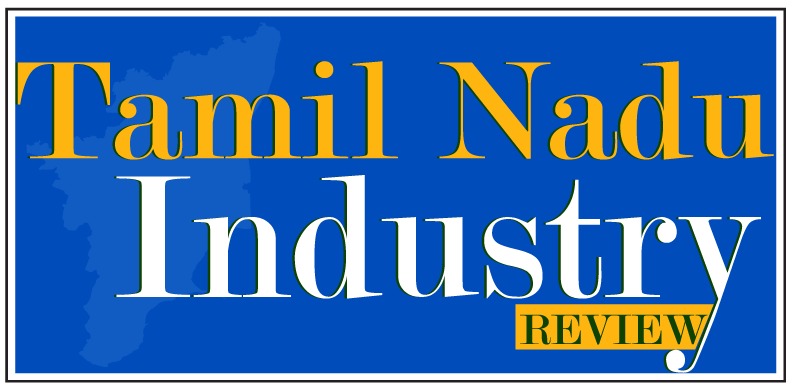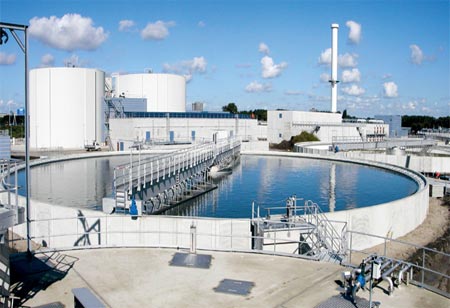Role Of Automation In Water And Wastewater Management
Sanjeev Sirsi, Associate Vice President, GRUNDFOS
The recent COVID-19 pandemic has heightened the hygiene practices and safety measures adopted across the world. This in turn, has contributed to the increased consumption of water. Washing of hands being one of the most basic and important measure to fight COVID-19, saw a surge in use of water. The preliminary analysis by 'Jal Jan Jodo Abhiyan' showed the average water consumption per person was 75 litres before March 15 but it increased to a drastic 125 litres owing to repeated handwashing, home cleaning, and washing of clothes.
Apart from the current pandemic crisis, our country has been facing prolonged challenges pertaining to ineffective water management for many years. These challenges include water leakage, lack of adoption of right technology, lack of investments, etc. It is estimated that around 40 per cent of piped water in India is lost through leakages alone.
Data from one of the reports by NITI Aayog states that 16 out of 27 states score less than 50 points (out of 100) in water management index. This includes Uttar Pradesh, Rajasthan, Kerala and Delhi, which scored less than 50 despite their high economic output. Through such data points, we can clearly presume that water management and water distribution should be addressed with immediate and effective measures.
Looking at the vastness of the issue, the advent of Industry 4.0, is likely to play a crucial role in aligning water governance and management. The role of sensors, cloud computing, Internet of Things (IoT) and Big Data have revolutionized the quality of information and technical data collected from the water usage patterns. The integration of the data collected can provide strategic insights to improve the overall water infrastructure and management. Such data-driven technologies and monitoring systems provide opportunities to address existing, emerging and anticipated threats to this precious resource.
Data-enabled systems and networks are capable of transmitting information over physical distances. This would help monitor and control the systems remotely. Smart sensors can transmit data through the internet over a central server, thus providing real-time, actionable insights. Automated processes, smart monitoring systems and intelligent distribution networks generate massive amounts of quality data that can aid informed decision-making.
For instance, a small village Hingalganj in the state of West Bengal was severely affected by the cyclone Amphan. In this scenario, the Grundfos solar-powered water treatment solution, which is a sustainable water management solution, helped at least 2,500 locals access 10,000 litres of clean drinking water from the available surface water in this region. By 2025, about 80 percent of utilities in large cities of advanced countries and half of the utilities in large cities of developing countries
are expected to have water supply systems incorporating digital water features such as advanced metering infrastructure.
Leveraging Technology For Effective Water Management
Intelligent pump solutions are capable of ensuring that usage of water through an energy efficient system can help reduce the added stress on the environment. On the other hand, solar-powered pumping solutions have been finding acceptance as an effective replacement owing to its limited dependency on diesel or grid-based electricity. The water infrastructure in rural and remote areas is quite basic with limited or irregular water and power supply. Currently, solar-powered pumping solutions have been finding acceptance as an effective replacement as it does not need diesel or grid-based electricity.
Increasing use of solar panels to store energy and a battery backup has been beneficial to farmers. From a technology perspective, they are equipped with an energy-efficient motor and sensors to analyse data received from operations. Intelligent pumping solutions along with sensors can avoid water wastage by regulating and monitoring the water pressure. Data retrieved from the sensors can be analysed to understand the time run, energy consumed, pressure in the system and consumption pattern.
The world is leaning towards such smart water management processes to improve the infrastructure and create efficient water management systems
Challenges In Water And Wastewater Management
Despite all the benefits, there are certain primary challenges while adopting automation in water and wastewater systems. Initial cost of investment supersedes and has emerged as one of the biggest deterrents for the adoption of these technologies. On the other hand, the transition while upskilling the existing employees to take control over these new technologies is a bit time consuming.
Another key challenge would be managing sewer blockages and subsequent spills that occur in the main system. Often the first notification of a spill comes from a member of the public, sometimes days after the first spill. This can intensify public health, environmental impacts and the cost of clean-up efforts. New technologies leveraging cloud connectivity are here offering greater mobility, analytics and edge control – all adding the huge capability of getting additional data at lower costs. Further, the analytical capabilities are helping to extract value from the big data and enabling optimizations to make more informed decisions. People, operations and energy are all impacted by these new technologies.
Role Of Smart Water Solutions
Emerging technologies are becoming integrated processes, augmented by their individual benefits. In the future, the cost of adoption is expected to become exponentially more affordable for businesses and municipalities. Water industry is currently witnessing early stages of digital adoption. Automated processes, smart monitoring systems and intelligent distribution networks generate massive amounts of quality data that can aid informed decision making.
Sensor based technology and data analysis has been driving predictive maintenance in the water industry which makes the entire system smart. Sensors can detect abnormalities, leakages in pipelines or potential failures of parts. This helps customers provide maintenance before there is actual downtime, thereby improving the cost efficiency of the entire operation.
The world is leaning towards such smart water management processes to improve the infrastructure and create efficient water management systems. Increasing demand for technology combined solutions are now becoming affordable and match the customer’s demands while taking care of their pain points. Despite the current efforts, there is a significant need to catalyse the implementation of water infrastructure and conservation projects with the help of the right innovations. Technology is expected to be a central focus in the immediate future and its adoption has become imperative in this fight against the global water crisis.
Read More
Virtual Reality Poised To Transform Manufacturing
Engineering Simulation Trends And Innovation In Consumer Appliance Manufacturing


